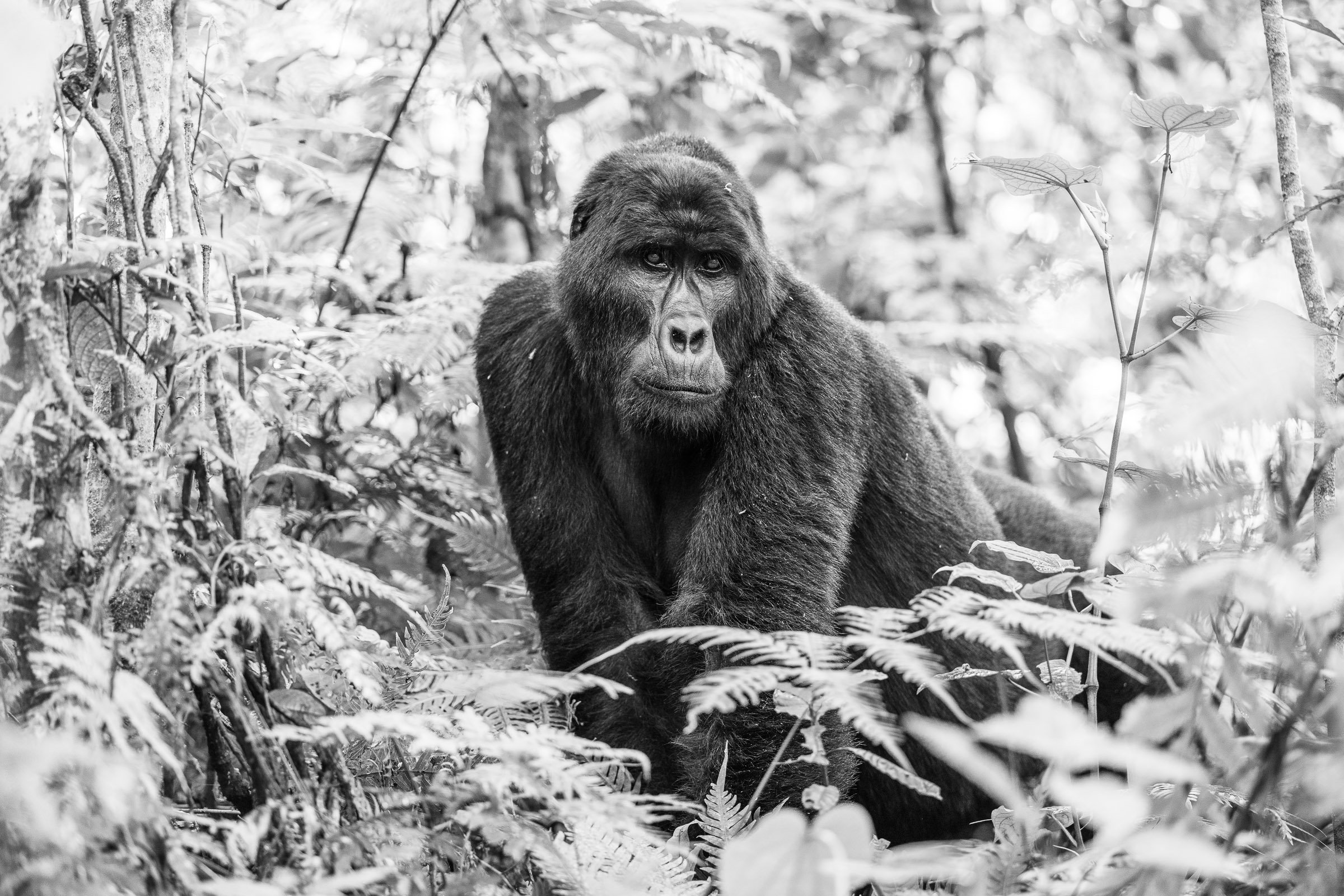2023: A Year In Photos
From the Himalayas to the Arctic and Kenya to Zambia 2023 saw me visit more countries than ever before, there are some of the stories behind my favourite images.
Born Wild, Namiri Plains, Serengeti, Tanzania: March
Born Wild
Named after the book by the late Tony Fitzjohn, Born Wild was the lion successor to the sold out Rumble in the Jungle. Heading to Tanzania in March, just as the long rains were due, I knew it would be a shoot that required getting very, very wet and we were not disappointed. Storms hit almost daily ensuring poor Anderson, my sensationally dedicated guide, was often digging us out of holes we’d got stuck in.
I’d intended to photograph the famous black maned lion Bob. Jr while I was there but he was killed by rival males just days before I arrived, such is the way with planning shoots in the wildlife world. As a result my focus shifted to those that had just killed him and were now mating with the lioness’ in the area.
Anderson had discovered that in the moments after a male lion has mated he will stand up, scan the horizon for a couple of seconds and then collapse in a heap next to the lioness. As a result we spent eight days searching for these little seconds, watching hours of mating lions just to maximise those brief windows to get a shot.
Remarkably, the process worked and we were spoilt with some of the best shots of my career, many of which will be released later this year.
Leap of Faith, Ladakh, Himalayas, India: February
Leap of Faith
For years the snow leopard has been one of the hardest animals to see and photograph, the tales of the likes of Vincent Munier spending months on end to get one photo are stuff of legend. Now, thanks to the efforts of Behzad Larry at Voygr Travel and other dedicated operators, it is becoming a little easier. But only a little.
In February we took two Armstrong Fortescue guests to Ladakh, part of the Indian section of the Himalayas, to go in search of these beautiful yet seldom seen animals.
The trip required two days of acclimatisation in the town of Leh, one of the most welcoming places I have ever encountered. On our first day the call came in that a leopard had been sighted near town and was feeding on a carcass, hopefully giving us time to get there and photograph it before it left the kill site.
Nawang drove me through the winding roads of Ladakh, beautiful Buddhist temples dotted between the peaks, telling me not to worry the leopard would still be there but that did little to deter my anxiety. The year before I had been moved to tears by my first sighting of a polar bear and I wondered if this would have a similar effect.
30 minutes later I was stood behind my camera on its tripod, the temperature a refreshing -10 centigrade and the leopard 200 meters up the mountain in front of me, fast asleep and full.
It would take a day of waiting before the leopard would wake, feed and then, as a pack of stray dogs neared its kill spring in to action to chase them off. Not quite how I saw my first snow leopard sighting panning out but we can’t write every moment.
Arctic Dreams, Svalbard, Arctic Circle: May
Arctic Dreams
Of all the annual trips we offer at Armstrong Fortescue the Arctic is my favourite. We take 10 guests with us and venture as far north as the pack ice allows us too, eyes scanning the horizon for a speck of cream amongst an ocean of white.
Each yeah we’ve been spoilt with bear sightings and 2023 was no exception. Having first found this huge male feeding on a seal 24 hours earlier we managed to catch up with him again on a crisp, clear Arctic morning, swimming across the northern tip of a fjord. We tracked his journey from our little zodiac as he emerged from the icy water, climbed the slope and tracked back across the snow towards the ice flat, finishing under a giant, ice covered rock, waiting for a seal to emerge from the water.
The image is made by the contrast between the blue and the white and proves bears are not white at all - if they were I have no idea how we would ever find one out there.
The Thick Of It, Bwindi Impenetrable Forest, Uganda: July
The Thick Of It
I find gorillas harder to photograph than any other animal. Their dark bodies are close to impossible to distinguish amongst the jungle floor making any image with contrast hard to achieve.
20 minutes in to our trek this young silverback peeled away from the rest of the group and walked toward a female on her own. While not the dominant silverback of the group he was keen to mate - a very dangerous activity for if the dominant silverback were to catch him there would surely be a hefty fight.
The two mated almost silently in front of me, unbeknownst to their group’s patriarch before he moved on as quickly as he’d arrived, the dirty deed done and dusted.
Malkia, Namiri Plains, Serengeti, Tanzania: March
Malkia
Malkia is Swahili for queen, and that is exactly what this lioness is. Queen of all that surrounded her, a lioness on a mission. My guide, Anderson and I spent hours waiting for the moment she might climb atop this termite mound, allowing me to frame her perfectly against the sky and create a distraction free image.
The clouds in this are a product of the long rains imminent arrival and a reminder of why I always travel at times of year when rainfall is high, this would not work with a blue, clear sky.
I return to Namiri this March armed with new Nikon camera gear and hoping for many more moments like this.







